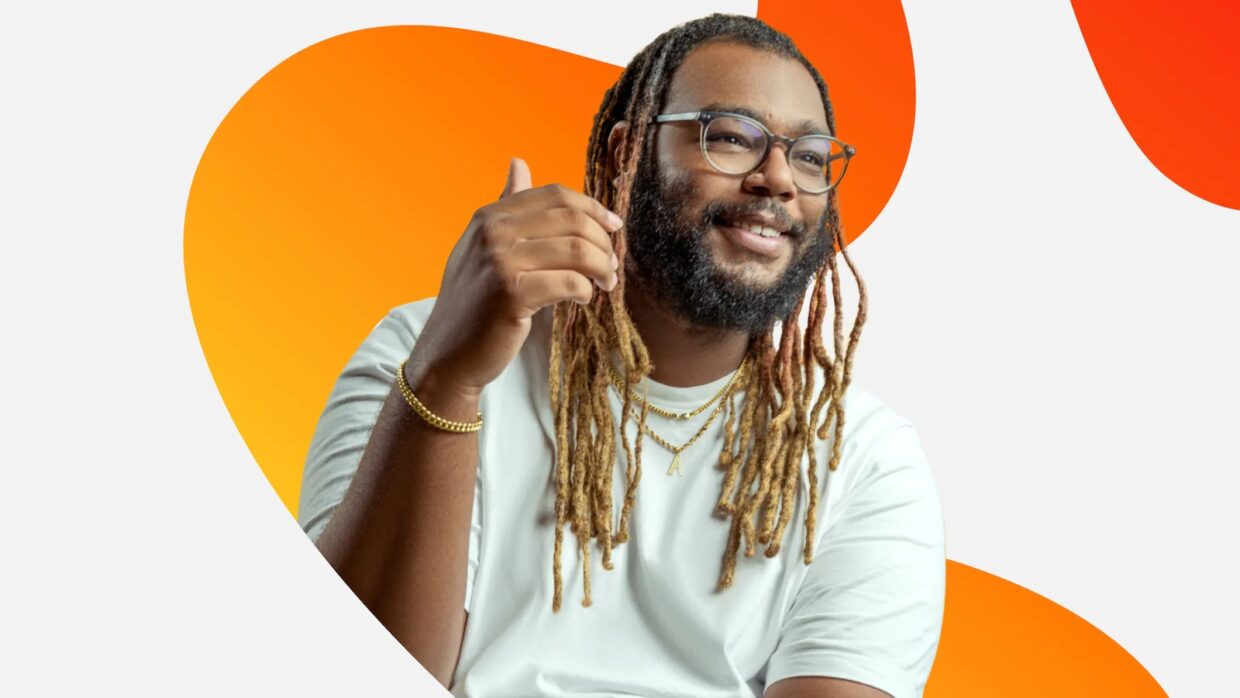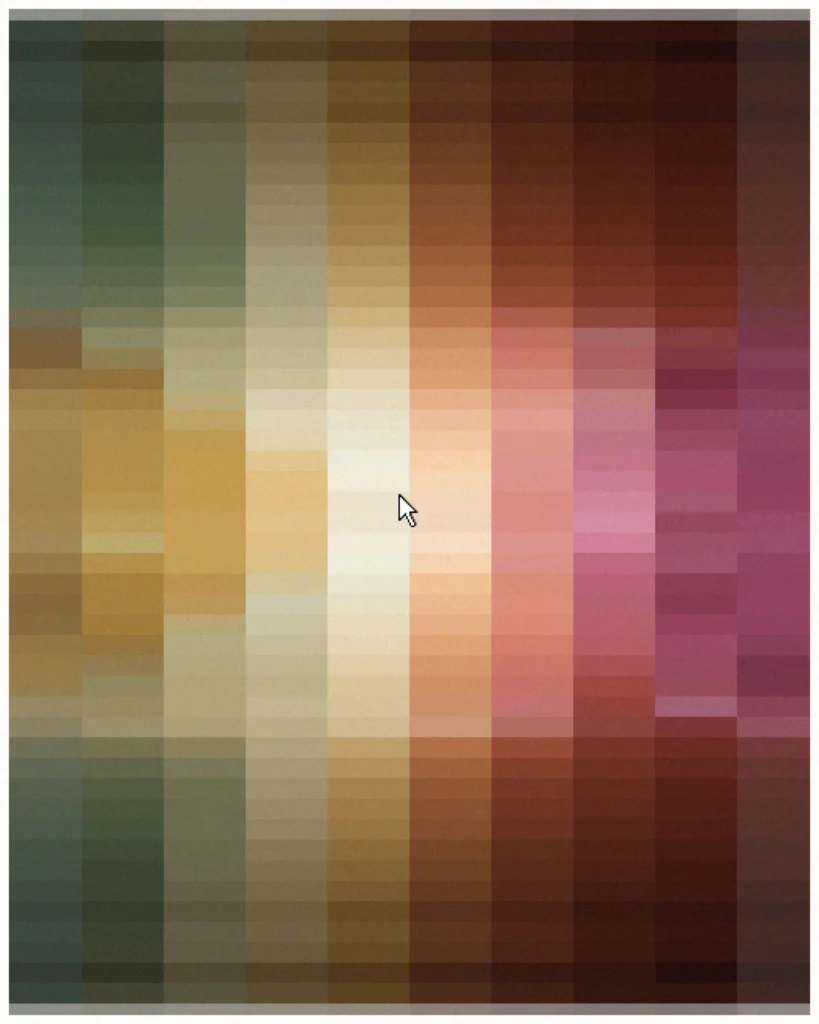Over the past year, Atlanta-based 3D artist, animator, and world builder Andre Oshea has achieved a string of notable accomplishments leaving a mark on the digital art space. His extensive portfolio encompasses album cover art, logos, illustrations, social media assets, and NFTs in collaboration with Adult Swim, The Grammys, The Oscars, John Legend, and many more.
Originally from Minneapolis, Oshea later moved to Philadelphia and transitioned to a career working as a music producer and DJ. After several years working in music, he moved to Atlanta and embarked on a career as a graphic designer, creating album covers and logos for friends in the music industry, quickly transitioning to 3D motion design. NFTs were a natural step for Oshea, whose first collection was released in March 2021, and whose connections with fellow Black artists in the Web3 space gave him the community and support necessary to break through and find success. Characterized by clean lines and smooth aesthetics reminiscent of classical fine art, his pieces work with muted colors that blur the lines between realism and surrealism.
Most recently, Oshea joined Web3/NFT platform Wild’s latest artist cohort, and will be launching a new collection of 113 NFTs with the platform, Index Grids on May 24th.
In this Q+A, Oshea discusses his latest collection with Wild and how his work seeks to transport viewers into futuristic worlds that combine technology and nature in unorthodox ways.
To start quite broadly, how is Web3 allowing creatives like yourself to reshape the art world?
I think that these spaces allow for a great bridge for a lot of digital artists to expand past freelancing. I had a lot of really fantastic opportunities as a freelancer to work with some really cool companies before getting into NFTs or the blockchain. And then once I did, I got to continue those really cool commercial opportunities, but it also led me to some neat art opportunities like just being involved in Art Basel shows — it opened up my door to more paths.
Is there a recurring motif or set of objects in your work?
What I’m more inspired by now is mostly conceptually driven and touches on the psychology of art and how we make you think as artists. While I hold aesthetic beauty in high regard, that is not the primary function of my art.
My work has a lot of random Easter eggs. You’ll find a mailbox in a lot of my pieces, a sword, and an upside-down head in a lot of pieces. They all take on different meanings during different times, but they’re more so objects intended to lead people down the path of creating their own story. I don’t tend to put my own overly specific meaning behind them. More broadly, on an intangible level, themes in my work that reoccur are the marriage between science and nature, or technology in nature. As humans, we need to really learn how to integrate our technology with the nature around us. This will result in us not destroying our planet!
Let’s pivot a bit. What can you tell me about your upcoming collection with Wild?
Before I get into that — just want to note that there’s been an overwhelming amount of love from the Wild team. They have been very gracious and flexible with me and have brought great value to the creative process, encouraging me to think about different ways and methods.
With this drop, I’m leaning more into heavy conceptual work. The drop is called Index Grids and the main question is “How does the market affect and change the art?” The market’s pressure on you can change the artwork in and of itself.
The collection starts as a censored piece of artwork that I’ve turned into color boxes, to show that the market has ‘censored’ this art; whether for a good or bad reason, but the art is inevitably changed. Every time the art changes wallets — whether it’s sold or gifted — the artwork will change, representing a different configuration of colored blocks. I think this is significant too, because once the art hits the market, the market changes it over and over.
The first thing I want them to feel is, “What the hell, this is really cool!” I also want them to explore the different phases of how different the art looks. But overall, like with most of my art, I don’t want people to leave with any one idea or set message. I want to prompt further thought on the concept and I want collectors to understand that their relationship with the art is different than the artist’s relationship with the art. I usually don’t talk about the meaning behind any of my pieces because I find it more interesting when other people share with me what they think. Creating is a passive, subconscious experience because you put a lot of meaning into your work without realizing it, and people are really good at bringing that to light for me.
Where do you kind of feel your artistic practice is going to take you in the next year or the next five years?
Weirdly enough, my mom asked me the same question yesterday. I don’t know if I gave her the response that she wanted, but over the past year I’ve sort of learned not to look too far into the future. Part of that is just due to the nature of the NFT space and how quickly things change here. AI has also kind of shifted my trajectory. I’ve been playing with AI since last summer, but I wouldn’t have thought that I would be so publicly forward about AI. I see a lot of potential there for me as an artist. So, I really feel like sitting back and seeing where that goes and where it takes me.
Is there anything you’d like to share that I haven’t had the chance to ask you?
Watch out for bears.




